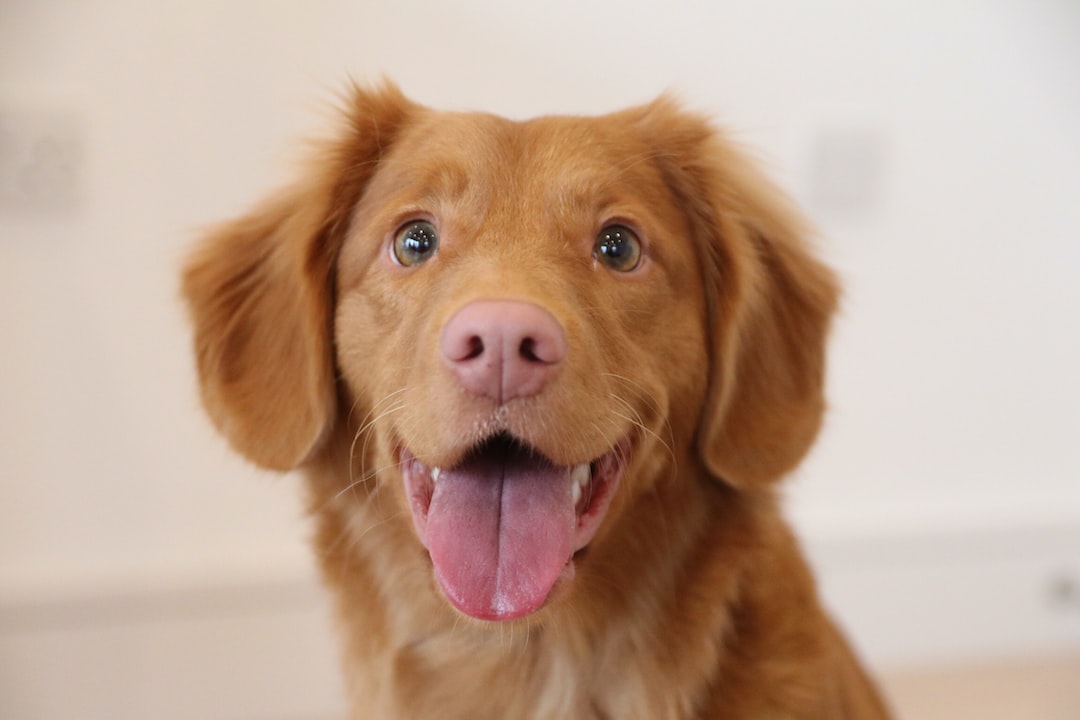Creating a Pet-Friendly Garden: Tips for a Safe and Fun Outdoor Space
Pets bring endless joy and love into our lives, and as pet owners, it is our responsibility to provide them with a safe and enjoyable environment to thrive. The garden is a great place for pets to explore and play, but it can also be full of potential hazards. To ensure your furry friends can roam freely without any worries, here are some valuable tips on creating a pet-friendly garden.
1. Choose pet-safe plants: Some common garden plants and flowers can be toxic to animals if ingested. Before selecting any plants for your garden, do thorough research to ensure they are safe for your pets. Consider incorporating pet-friendly options such as marigolds, sunflowers, roses, and pet grass. Catnip, mint, and rosemary can also be added as they are non-toxic and offer sensory stimulation for cats and dogs.
2. Fencing and gates: Establishing a secure and well-maintained fence is essential to keep your pets safe within the boundaries of your garden. Make sure that the fence is high enough to prevent them from jumping over. Regularly check for any holes or weak spots in the fence to minimize the risk of escape. Installing a sturdy gate with a lock will provide an extra layer of protection and keep stray animals out.
3. Create shaded areas: Just like us, pets also need protection from the sun, especially on scorching summer days. Designate shaded areas in your garden that offer protection from direct sunlight. Incorporate trees, shrubs, or an outdoor canopy, where your pets can retreat to when they need a break from the heat.
4. Avoid toxic pesticides and fertilizers: Many traditional pesticides and fertilizers contain harmful chemicals that can pose serious health risks to pets if ingested or contacted. Opt for organic and pet-safe alternatives that are not only safe for your furry companions but also environmentally friendly. There are several natural options available that can help keep your garden pest-free without causing harm to your pets.
5. Securely store garden tools and chemicals: Gardening tools, such as shovels, hoes, and pruning shears, can be dangerous if left unattended. To prevent accidents, keep all your gardening tools securely stored in a shed or locked cabinet when not in use. Similarly, properly store any garden chemicals or plant food in sealed containers and out of reach from curious pets.
6. Create designated play areas: Pets need ample space to play and burn off energy. Set aside a designated play area where your pets can run and play freely under your supervision. Add toys, tunnels, and obstacle courses to keep them entertained and mentally stimulated. This will help prevent them from wandering into potentially hazardous areas in the garden.
7. Properly dispose of toxic plants: If you do have toxic plants in your garden, take extra care in pruning and disposing of them. Ensure they are completely removed from the garden and securely disposed of in a sealed bag to prevent any accidental ingestion by your pets. Consider replacing toxic plants with safe alternatives to eliminate the risk altogether.
By following these tips, you can create a welcoming and safe outdoor space for your beloved pets to enjoy. A pet-friendly garden not only provides them with a place to explore and play but also enhances their overall well-being. Remember, the goal is to create an environment that brings joy and happiness to both you and your furry companions.

